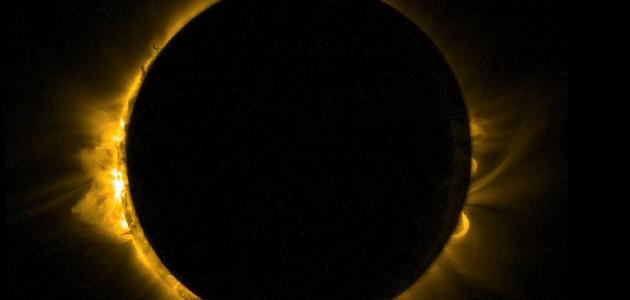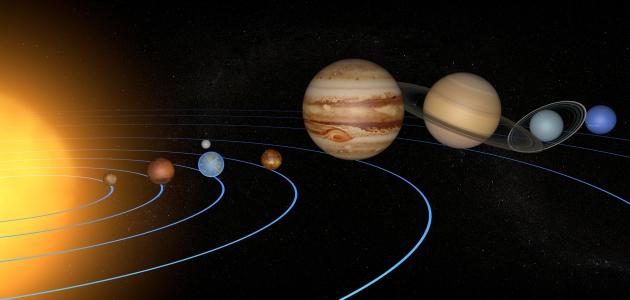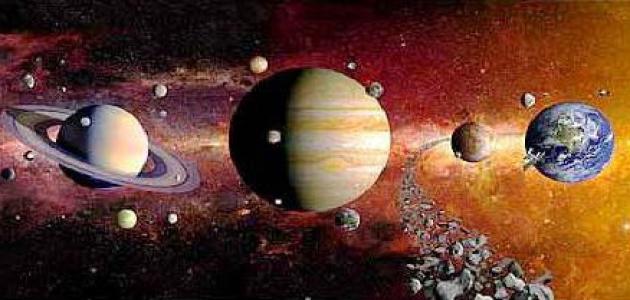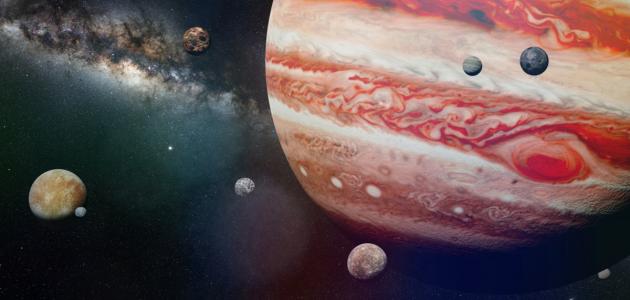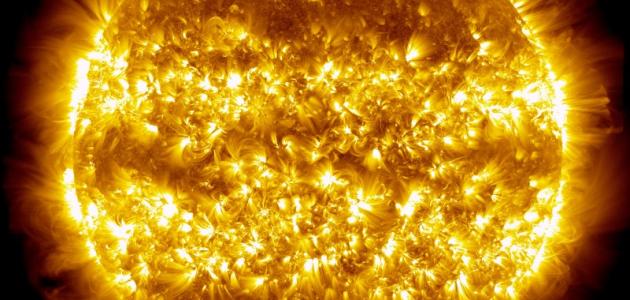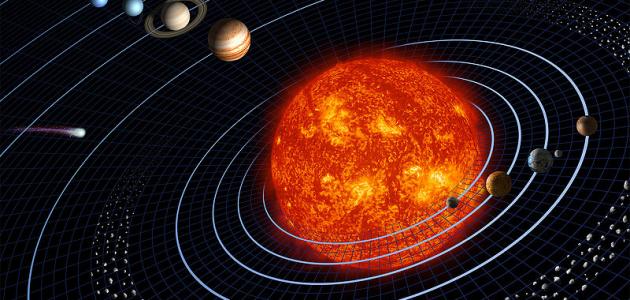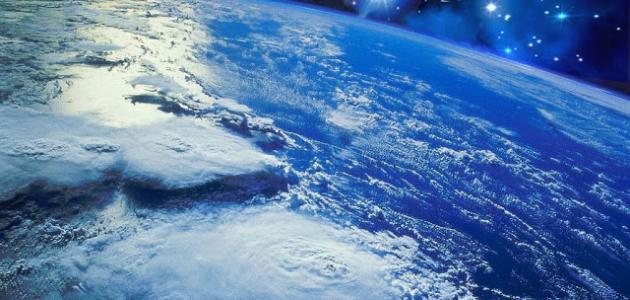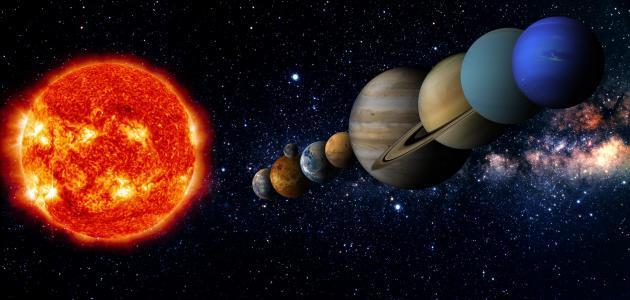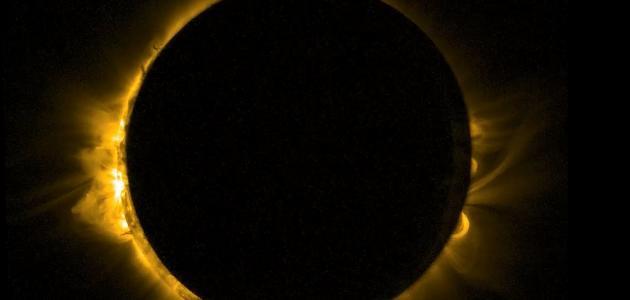How a solar eclipse occurs
A solar eclipse occurs when the moon is in a straight line between the Earth and the sun, blocking sunlight from part of the Earth, which leads to its shadow falling on the surface of the Earth. The Moon passes through the Earth’s orbital plane only twice a year. This is because it rotates at an angle of about 5 degrees with respect to the plane of the Earth and the Sun around the Earth. These seasons are known as eclipse seasons. In order for the eclipse to occur, the Moon must be in the new phase during the solar eclipse season. Because of this, the phenomenon of a solar eclipse is considered a relatively rare occurrence.
Types of solar eclipse
Partial solar eclipse
A partial solar eclipse occurs when part of the moon's shadow falls on the surface of the Earth, so part of the sun remains visible during the eclipse. The amount of visible part of the sun depends on certain circumstances, and the penumbra usually gives a faint glow in the Earth's polar regions. In such cases, distant areas From the poles, which are located within the semi-shadow region, you see only a small part of the edge of the sun that is hidden by the moon. This can be expressed in another way, which is that people who are located within thousands of kilometers of the path of the total eclipse will see a partial eclipse of the sun, and the closer the person is to the path of the total eclipse. The obscured part of the sun increased.
Total solar eclipse
A total solar eclipse occurs approximately every 18 months somewhere on Earth, where the Moon completely covers the disk of the Sun, at the intersection of the orbital planes, and the dimensions are lined up appropriately. The diameter of the Sun is about 1,390,473 km, which is about 400 times larger than the diameter of the Moon. It is 3,476 kilometers, but the Moon is about 400 times closer to Earth than the Sun.
Read also:How did the Earth and the solar system form?There are two types of shadows: the first is the shadow (in English: umbra), in which all sunlight is blocked, and the shadow is in the form of a dark, narrow cone, and the second is the part that surrounds the darkness, which is the semi-shadow area (in English: penumbra), which is a phrase A light-colored, funnel-shaped shadow, in which the sunlight is partially obscured. During a total solar eclipse, the moon’s shadow falls completely on the Earth, and people located in an area directly under the path of the full shadow can see the disappearance of the sun’s disk, and during a total eclipse, the outer sun’s corona appears. The total eclipse can last up to 7 minutes and 31 seconds.
Annular solar eclipse
The sky becomes dark during an annular solar eclipse, but part of the sun appears. An annular eclipse is considered a type of partial eclipse, not a total eclipse. An annular eclipse can last for a maximum of 12 minutes and 30 seconds. An annular solar eclipse is similar to a total eclipse in The moon appears to pass through the middle of the sun, but the difference between them is that the moon is considered very small to be able to completely cover the disk of the sun.
The distance between the Moon and Earth can vary from 356,400 km to 406,700 km; This is because the Moon revolves around the Earth in an elliptical orbit, but the Moon’s dark, conical shadow cannot extend more than about 379,322 km, which is a distance less than the average distance of the Moon from the Earth. If the Moon is at a farther distance, the tip of the conical shadow does not It reaches the Earth, and during this eclipse anyone who falls during it can see a ring of the edges of the Sun around the Moon.
Read also:What is the reason for the presence of craters on the surface of the moon?Hybrid solar eclipse
A hybrid solar eclipse is called a total annular eclipse, which occurs when the moon is within an area close enough for its shadow to reach the Earth. A hybrid eclipse usually begins as an annular eclipse, then completes to become total.
